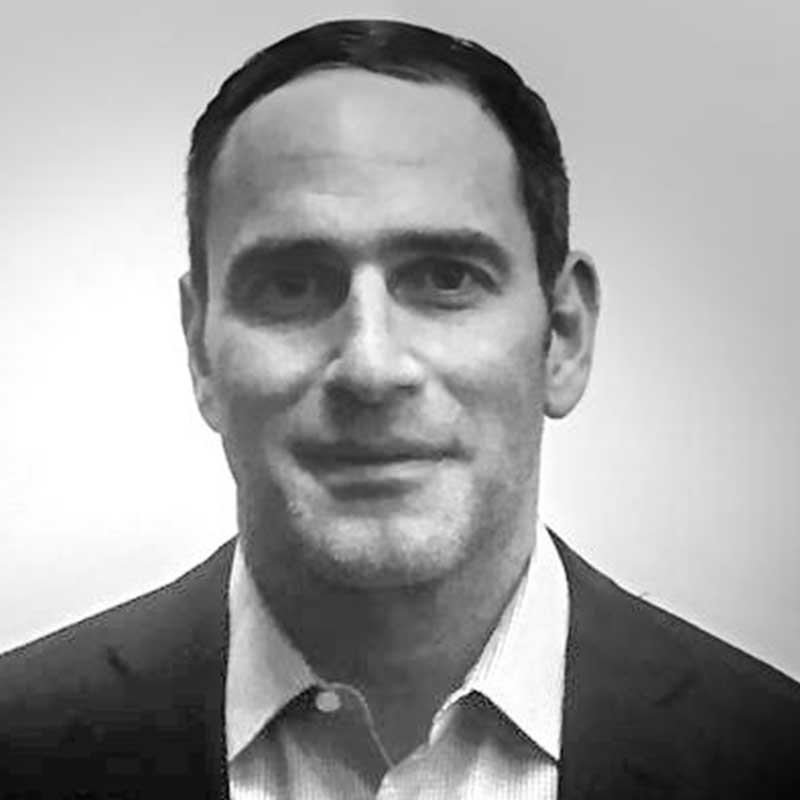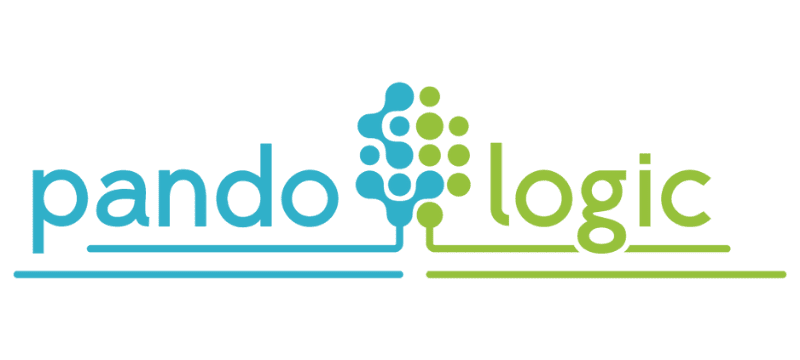Fueling future talent acquisition with programmatic recruitment technology
Programmatic advertising helps you meet TA goals by casting a far wider net.
Extend beyond ad buying and cost control with programmatic by getting clarity on what is working – and what isn’t.
Improve areas like DE&I, remote and distributed workforce recruiting, contingent workforce recruiting, and more.



As HR and recruitment professionals strive to come out on top, revamping hiring systems and capturing today’s top talent by investing in technology like programmatic advertising is critical.
But it can be confusing and daunting to know how exactly this technology can help, and where, and how, it fits into your current technology stack.
The stakes and difficulty in recruiting have never been higher.
That’s why we were thrilled to host this live, interactive webinar with PandoLogic and WorkTech, moderated by Kate Graham, Head of Content Labs and Insights at UNLEASH. Tag along as we dive into the findings of our latest report, “The Head of Talent’s Guide to Modern Job Advertising.” Watch the webinar on-demand or read on for some key takeaways from their conversation.
Programmatic recruitment is a sleeping giant for recruitment
The adoption in consumer brands of programmatic technology is about 85%, whereas in recruitment it’s about 15% adoption, so it’s still something to new consider.
George LaRocque, Principal Analyst and Founder at WorkTech, cites a recent Aptitude Research report on programmatic technology adoption in the recruitment space to introduce how important it is for talent acquisition leaders to get a first look at this tech. Whle programmatic has been booming in the B2C marketing space for nearly 30 years, understanding and adoption in talent acquisition remains low – despite the incredible yields it can offer.
For the uninitiated, programmatic advertising automates the recruitment workflow: simply put, it takes a job ad and distributes it across job boards algorithmically, based on your hiring goals, ad inventory and budget. Jenn Ravalli, VP of Marketing at PandoLogic, a US-based programmatic recruitment advertising platform, explains: “We harness thousands of job sites to take supply and demand information to pinpoint where specific job seekers are – and how we can get to them in the right way.”
Aaron Green, CEO and Founder of Professional Staffing Group (PSG), has found incredible value in this tech. At PSG, programmatic has been essential in simplifying their process and keeping up with the tremendous demand for their services as the war for talent rages on throughout the pandemic. The complications of utilizing countless job boards, knowing which ads to post where, and guessing how much to spend became overwhelming. “We’ve noticed this trend with the job boards trying to make things easier to just use one of them, instead of trying to figure out how to utilize all of them…It became really, really complicated and complex, so much so that you almost gave up. So for us, programmatic helped us to solve that problem.”
Steer clear of a “black box” programmatic provider
If you’re looking at a programmatic provider, they should be able to help predict what the outcome should be ahead of time, given the amount of data at their fingertips.
Jenn Ravalli knows firsthand how powerful programmatic technology can be, and how providers can leverage their data to provide a genuinely useful solution for their clients. Programmatic technology is not a “one size fits all” solution, and each company’s individual use case should be based on full transparency around data and decision-making.
George LaRocque stresses the importance of this transparency: “I’ve seen a number of programmatic solutions that are a little bit more of a black box where there’s a trust that’s required – you shouldn’t need to put your faith in the box. You should be able to look at data and have a team that’s going to be able to help you analyze results.”
For Aaron Green, that transparency is paramount. Having access to that data and the Pandologic team provides them with a much clearer picture of what works and what doesn’t, so they can very clearly tie outcomes to specific ads or platforms. This allows them to make better business decisions and control their budget without the guesswork:
“Programmatic allows us to have relationships with the job boards that are working now, and allocate money across all of the different job posting sites rather than guessing once a year how much money we should spend with each one.”
The time to invest is now
Not getting an understanding of how programmatic and AI can fit inside your business is a little bit like saying ‘this whole internet thing is a fad’ back in the late 90s.
Aaron Green posits that now is the time to at least pilot programmatic to assess whether it’s the right fit for you. He does add a caveat: when implementing a new solution like programmatic tech, it is essential to have internal buy-in across the function, because you get out of it what you put in. When they first tried programmatic years ago, they treated it as a “plug and play” solution – but they found that deployment was a lot more nuanced than that. “I think making sure there’s an executive sponsor inside the organization to drive the change through is also very important.”
George LaRocque asserts that companies should take advantage of the relatively low adoption of programmatic tech (thus far) in the recruitment space. “That first-mover advantage is not only key to getting a leg-up on your competition, but to getting to understand this technology and being able to take advantage of it to leverage your brand and drive better results.”
For Jenn Ravalli, customizability is what makes now the perfect time to capitalize on that first-mover advantage and get comfortable with programmatic tech before your competition does. Since there are various levels of integration, you can work with a provider to plan your deployment based on your strategy and existing tech stack. “Start small. If you try it, what we find is, you really don’t go back.”
